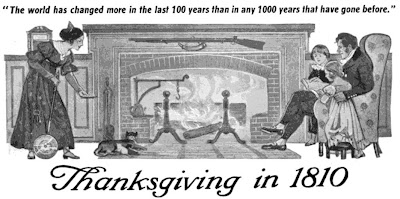Can you believe it? This post – this very post that you are reading right now – is our 500th blog entry here at Abnormal Use. We are just as stunned as you are, but we have had such a good time engaging in this blogging business that we nearly lost track. But here we are, at 500 posts, armed with plans to continue this site well into the future.
As you know, we pause occasionally to reflect upon our milestones at this site. Earlier this year, in January, we reflected upon our first birthday and shared the (little) wisdom we had learned at that point.
Way back in May of 2010, we commemorated the occasion of our 100th post, an celebration which now seems almost quaint. At that time, we noted:
It has been just four short months since we unveiled this products liability blog with a formal mission statement. Whereas we feel certain that blogging may come naturally to some, our first foray into the blogosphere was not without some trepidation. Naturally, we asked ourselves: Will there be sufficient source material? But we quickly learned that this was the least of our concerns. Fortunately for products liability bloggers, in the rapid, ever-changing world of litigation, there is rarely a day that passes without something newsworthy, whether it be a new court decision, an interesting verdict, a product recall (an augury of imminent litigation), or a story on a future Plaintiff’s new and “inventive” use of a product that, predictably, went awry. Needless to say, we have found plenty of cases and news items about which to post. We are also proud to have presented several original interviews with law professors in our series which we affectionately call Abnormal Interviews (more of which are to come in the future).
Aw, weren’t we cute at that age? As we write today, we are just two months away from our second birthday (and we’re sure we will pause again that day to reminisce even further on our blogging history). Nostalgia aside, we are encouraged by our progress at this site. In January of 2010, we were a brand new blog, entirely unknown, and with few friends in the legal blogosphere. Now, in November of 2011, we have built up a solid archive of posts and have made a number of friends and contacts in this enterprise. It’s been rewarding to write about the law, as well as other off topic items, and see the responses of you, our dear readers. Certainly, this endeavor would not have been possible without the support of our writers: authors (Phil Reeves, Stephanie Flynn), regular contributors (Nick Farr, Frances Zacher, Steve Buckingham), guest authors (Mary Giorgi, Laura Simons, Mills Gallivan, Childs Cantey Thrasher), and other alumni. Without their support and hard work, we would have few, if any, posts at this site.
So, on this fateful occasion, we will share with you three things we have learned about the advantages of legal blogging. A legal blog is often a Herculean task; it requires time, diligence, and patience. Some firms are dissuaded from the enterprise due to the time commitment, while others throw themselves into the task and quickly burn out. But, for those who persevere, there are rewards.
So here’s our purported wisdom:
1. A legal blog raises your firm’s profile. This is something that Mark Hermann, formerly of the Drug & Device Law blog, noted in his “Memoirs of a Blogger.” It is certainly true, as we here at Abnormal Use have been cited by a number of legal publications that have taken notice of this site, including The New York Times, NPR, Scientific American, and a whole host of regional newspapers, law blogs, and other publications. (We were even invited to host a webinar!) It is unlikely these sources would have mentioned or contacted our firm under those circumstances absent our blogging effort.
2. It’s an entirely new way to network with other attorneys across the nation. Really, blogging is a hobby as much as it is a business development mechanism. Legal bloggers tend to have similar interests, and the shared interest in blogging is often a great way to break the ice, either online or in real life. Accordingly, as we have noted before, this site has enabled us to network with and meet lawyers across the country that we would not have met otherwise. That’s a good thing, for networking purposes, but also because it allows us to meet interesting people with similar interests irrespective of potential business development efforts. That’s not so bad, right?
3. As we work to bring you new legal content at this site, we are also learning new things ourselves, allowing us to keep informed of the latest products liability developments across the land.
Plus, it’s loads of fun. We here at Abnormal Use enjoy bringing you legal commentary and fun links on Fridays. We hope you will continue to stay with us as we continue this enterprise, and we thank all of you, our dear readers, for your support over these last nearly two years.




















